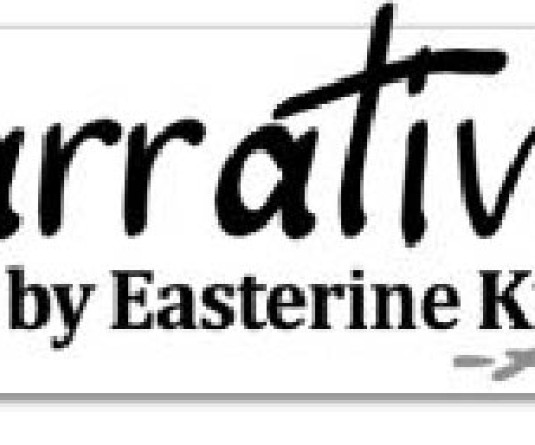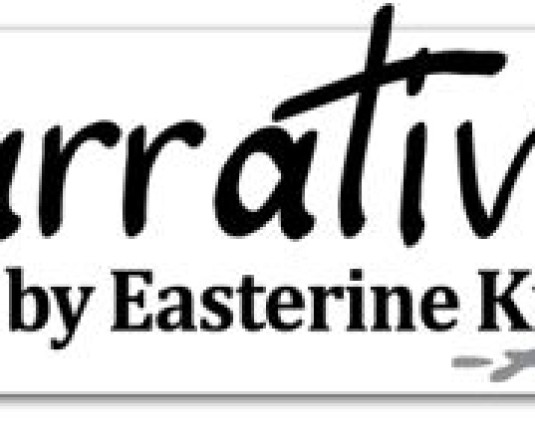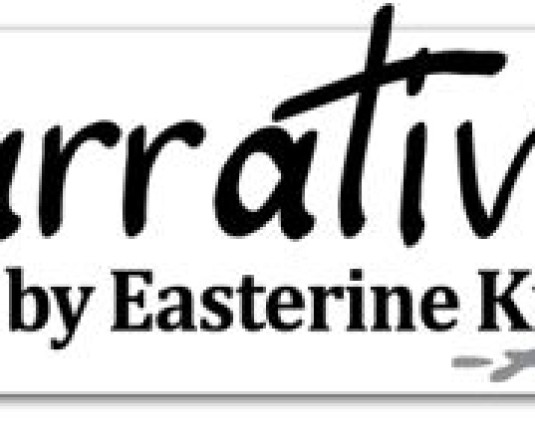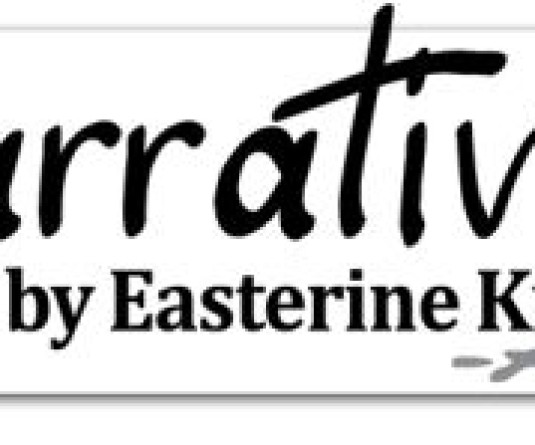
Not the cuppa in the morning. That is only a dutiful ritual performed to wake up the body and activate it into the day’s obligations. It comes later, much later. After breakfast has become a distant memory, and a dutiful lunch is done and over with. The best time for tea is at the end of the day, with the evening colours of a sunset for visual effect, and a comfortable humidity lingering in the air. After the tasks for the day are done, the freedom from stress contributes to the enjoyment of tea at this hour.
In childhood, tea time was special. There were treats like new biscuits, fresh bread and jam, and warm buns. Singara and jalebis were a later addition. Nowadays, no one uses the term singara. It has metamorphosed to samosa. Tea shops don’t know what you are talking about when you ask for singara. But their eyes light up at the samosa word. We made our own singaras at home. There were enough cousins living together to make the labour of no consequence. So, while two people worked on kneading dough, another person cut out small squares and made triangle shapes that were kept ready for the filling. Someone else would stoke the wood fire and fry onions and diced potatoes for the filling. Masala was added along with salt and when the potatoes softened, the filling was ready. Next, after the filling had cooled, it was spooned into the triangle shapes awaiting them and the edges firmly pressed together before they were transferred to a waiting kadai smoking with hot oil. All this happened before gas stoves came on the scene, so our singaras were fried over wood fires. It was a family endeavour to make a good batch of singara and it generated good energy because the labour was shared by all the participants, and everyone looked forward to eating it so there was no whining about the work involved. Once fried, the singaras were placed on winnowing mats lined with newspaper to absorb the excess oil. All this went on while the tea water was being brought to a boil. We used an old kettle, burnt black from years of sitting over a wood fire. Once or twice a week, it would get a thorough scrubbing. But the wood fire ensured that the kettle did not take long to go back to its original blackness.
How do you make your tea? We brewed ours in a tea kettle as old as time. Grandmother liked to pull out a few burning coals and set the tea kettle on top of the coals so that it came to a boil again while brewing. Into the tea kettle went in the sacred leaf, Tej patta, also known as bay leaf in English. For us, good tea always carried a faint whiff of Tej patta and the tea leaf could have from directly from a tea garden in Assam, or good tea from a local shop. In later years, I have learned that tea is best drunk without sugar. But when we were young, unsugared tea was unheard of. Sugar and fresh milk were brought to a boil in a stainless steel pot following which the contents of the tea kettle were poured in. The right colour was a burgundy red. If it was darker, the tea would be too strong. If it was lighter, the tea would be too light and everyone would complain. Balance was the secret to making a good cup of tea. When visiting relatives, an uncle’s wife would simper and say, ‘Why don’t you make tea? Your tea is so good.’ At fifteen, one doesn’t know that flattery was a ploy some grown-ups used to put you to work without you feeling abused.
Back to the tea though. In the course of an hour, the singaras are ready, and the tea with sugar is poured into sufficient enamel mugs, the steam escaping upward and melding with the smoke from the wood fire. It was so worth making time for.






